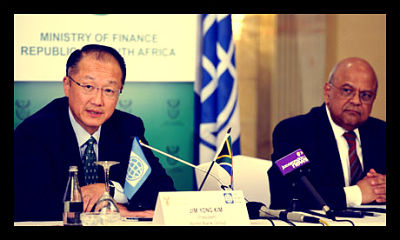
A new report launched by UN Secretary-General Ban Ki-moon, celebrates the success of achieving some of the Millennium Development Goals (MDGs), but acknowledges that others need to be addressed in order for them to be realized. The MDGs, established at a UN summit in 2000, identify eight areas of focus: poverty alleviation, education, gender equality, child and maternal health, environmental protection, HIV/AIDS and malaria reduction, and a global partnership for development. The report demonstrates how the combined effort of the government, civil society, and the private sector have made significant progress in meeting many of these goals.
Already, millions of lives have been improved – global poverty rates have been cut in half, access to safe water has increased and gender equality in primary schools has improved substantially. Advances in global healthcare are particularly notable; malaria fell by more than 25% globally between 2000 and 2010, saving 1.1 million lives. In addition, between 1995 and 2011, 51 million TB patients were successfully treated, saving another estimated 20 million lives.
However, the report also urges more action to be taken with regard to maternal healthcare and universal access to education. In particular, environmental sustainability is under threat, as global emissions of carbon dioxide continue to increase, with 46% more CO2 being emitted today compared to 1990. The report also notes that there has been uneven progress; there is disparity not only between regions and countries, but also among population groups within countries. In particular, people living in rural areas remain at a disadvantage – 83% of those without access to an improved drinking water source live in rural communities.
“Redoubled efforts are urgently needed, particularly in regions most behind to jump-start advancement and achieve maximum gains”, the MDG report says. While the global community should be proud of its efforts and accomplishments, the report encourages governments, organizations, and individuals to continue “building on existing momentum to reach as many goals as possible by 2015 and to realize gains for all”.
– Chloe Isacke
Source: All Africa, UNDP
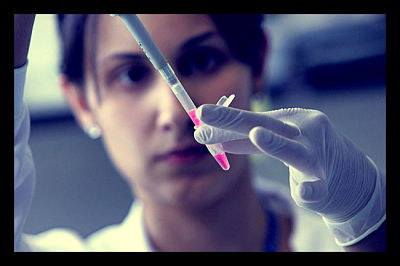
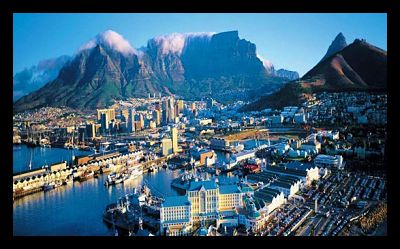
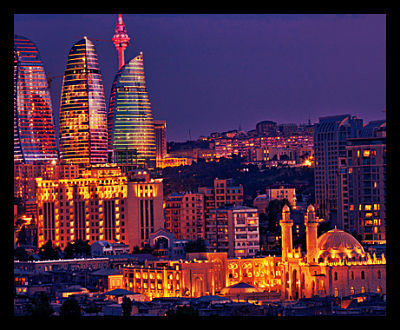
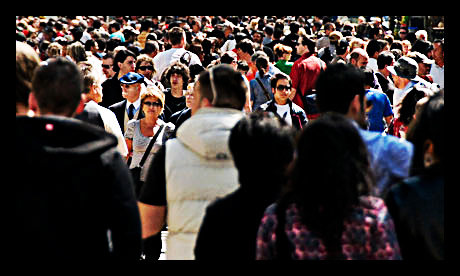
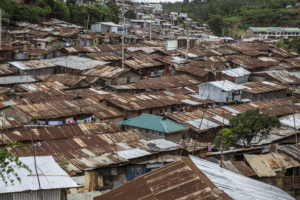 The world could end extreme poverty by 2030, according to Jim Yong Kim, president of the
The world could end extreme poverty by 2030, according to Jim Yong Kim, president of the 
